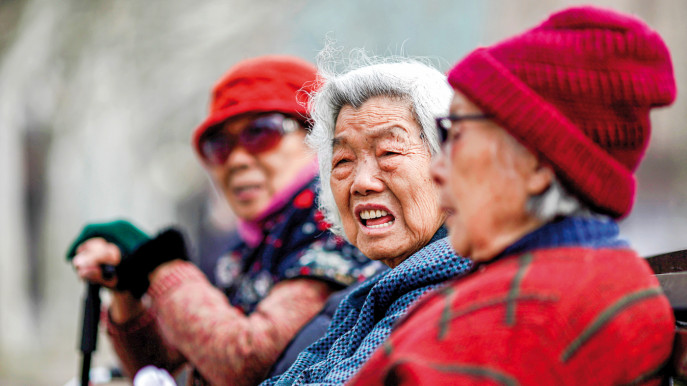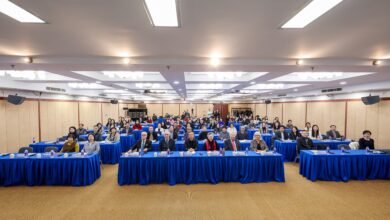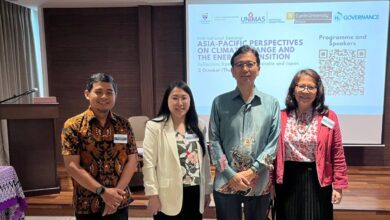The juxtaposition of Asia’s ageing giants and youthful contenders
As ageing powers grapple with a declining workforce, some turn to immigration as a solution, while youthful nations, like India, face the challenge of creating sufficient jobs for their burgeoning working-age populations

Asia, known for its dynamic economies and diverse cultures as well as accounting for about 60% of the world population, is undergoing a seismic shift in its demographic landscape at the moment.
The once-manufacturing powerhouses like China, Japan, South Korea and Taiwan are facing unprecedented population ageing.
For that reason, low fertility and rapid population ageing are by far the biggest talking points about Asia’s population today, believes Dr Toshiko Kaneda, Technical Director of Demographic Research at the Population Research Bureau (PRB) based in Washington, DC.
In 1990, only five countries in the Asia-Pacific region had fertility at or below replacement level: Japan, South Korea, Taiwan, Singapore and Thailand.
This number then increased significantly in just a little over 20 years. By 2022, 17 countries had replacement or below-replacement fertility. By 2050, nearly all countries in the region are projected to have below-replacement fertility.
Before fertility started declining, it was high in the region; in 1970, all but seven countries had a total fertility rate of five or more children, including Bangladesh with a total fertility rate of 6.9.
By 2022, most of the countries saw their total fertility rate decline by three or more children per woman. So, fertility declined by a large amount in a short amount of time across the Asia Pacific.
“Fertility declines lead to the share of older adults increasing because we have fewer children. This is a direct consequence of fertility decline,” Dr Kaneda told The Business Standard.
Find out more : The Business Standard




